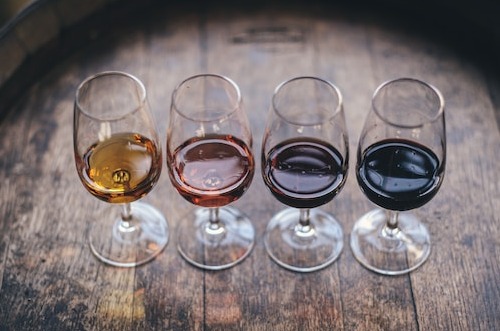
In W19 in the wine landscape, Chardonnay is the fifth most planted wine grape variety globally. Australia has approximately 10% of the world’s Chardonnay plantings and is the third largest grower after France and the US. In the 12 months that ended March 2023, exports of Australian Chardonnay wines increased by 9% in volume and by 3% in value YoY, to 176M liters, and USD 327M, respectively. The primary export market for Chardonnay is the US, which accounts for 36% of its value at USD 116M, followed by the United Kingdom at USD 80M (or 25%) and Canada at USD 21M (or 6%). Italy's wine retail sales in the US, UK, and Germany ended Q1 of 2023 with values down 1% and volumes down 4%. Sparkling wines suffer the most in the three major export markets. While still wine sales are down by 3% to 814K hectoliters, sparkling wine sales are down by 5% to 245K hectoliters, with a decline of 10% in the UK and 6% in Germany. Regarding still wines, however, the United States shows the most obvious decline of 9%, while London restricts the losses to 1%, and Berlin denotes a standstill. Brazil's wine consumption is decreasing in 2023. According to ABS (Associaço Brasileira de Sommeliers) statistics, per capita wine consumption is currently about two liters per year, less than it was in recent years when it peaked at 2.8 liters per year in 2020. The decrease in consumption resulted in Brazilian wine imports decreasing by 4% in 2022. Lastly, in Spain, wine exports in February reached USD 3.25B an increase of 1.9% YoY, while volume dropped 9.4% YoY, up to 2,072.6M. This follows the global trend in the wine industry of increasing value of wine sales without an increase in sales volumes, suggesting that wine prices are increasing.





